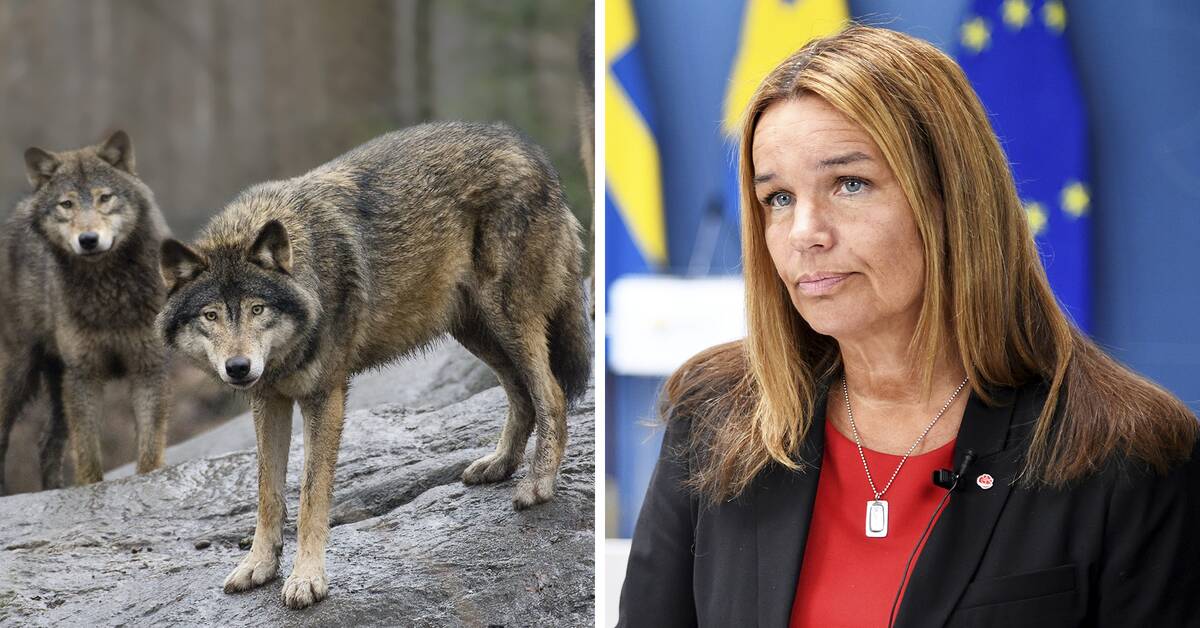The government decided today to give the Swedish Environmental Protection Agency the task of investigating how the wolf population can be reduced to between 170-270 individuals from today's around 400. Minister of Rural Affairs Anna-Caren Sätherberg (S) told SVT yesterday that a steadily increasing population, which is currently too large, is one reason for the decision.
- We see that the wolf population increases every year, Sätherberg (S) stated.
But this is not the case if you look at the statistics.
The annual inventories of wolves carried out by the Swedish University of Agricultural Sciences (SLU) show that the population increased sharply during the 2000s.
The peak was reached in 2014 in terms of the number of puppy litters, which forms the basis for how the total number is calculated.
But then the tribe decreased for a few years, and then increased slightly over the past two years.
- Until 2014, it was clearly an increasing trend, but since then it has leveled off.
In the last five years, the trend has been fairly stable, says Jens Frank, who is responsible for statistics at SLU.
So the statement that it increases year by year is not true?
- No, but it depends on which interval you choose.
For the past two years, that's true, but not for the past five years.
Hunting reduces the strain
Why population growth has stopped since the winter of 2014, researchers are uncertain.
It can be due to natural fluctuations, but legal and illegal hunting can be a big reason, according to Jens Frank.
- There is no unambiguous explanation.
But it may have been affected by licensed hunting, protection hunting and illegal hunting, he says.
Can there be other explanations besides firing?
- No, not really, these are the dominant causes of death we see in wolves in Scandinavia today, says Jens Frank.

